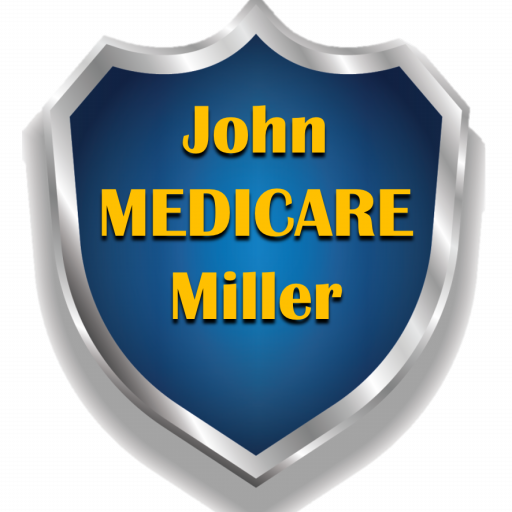According to the American Public Health Association, adults aged 65 and older account for 34% of all prescription drug use and 30% of all over-the-counter drug use.
Add to that fact that this age group is just 12% of the total U.S. population, and you can see why having prescription drug coverage is essential for older adults.
There are two ways that Medicare beneficiaries can get prescription drug coverage added to their Original Medicare benefits.

Enroll in Medicare Advantage
Medicare Advantage plans bundle Parts A and B of Original Medicare, and offer some additional benefits including services for dental, vision, and hearing. Many Medicare Advantage plans (also called Part C plans) also offer prescription drug coverage.
Enroll in Medicare Part D
If you choose not to enroll in Medicare Part C, or your Part C plan does not offer prescription drug coverage, you will need to enroll in a separate Part D policy, even if you do not currently take any prescription medications.
Why? To avoid the Part D penalty.
If you do not enroll in a Part D plan when you are first eligible, you will incur a 1% penalty for each month that you delay enrollment. When you finally do enroll in a Part D plan, this penalty is added to your monthly premium and will never be removed. It is a lifetime penalty.
Like Part B enrollment, you can postpone enrollment in a Part D plan if you have creditable coverage elsewhere.
Part D Formularies
Each Part D policy will have its own formulary. This is the plan’s list of covered medications. Each medication is placed into a tier within the formulary. Higher tiers have higher costs.
This is an important consideration when choosing a Part D plan. If you utilize the services of an agent when enrolling, they can review your medications and make sure they find a plan with a formulary that fits your needs.
The Coverage Gap
The coverage gap is also called the donut hole. This is the one key difference between Part D policies in Medicare and prescription drug plans through non-Medicare insurances.
The donut hole can be very difficult to understand. However, if you are an individual that takes many prescription medications or takes prescriptions that are expensive, this concept is important to understand.
As the name implies, the coverage gap is a gap in coverage inside of every Part D policy. Once the policyholder and the plan has spent $4130 (as of 2021) on prescription drugs, the member is in the coverage gap.
What this means for the individual is that the same prescriptions that they had been getting will now cost more than they did prior to reaching the initial limit. The out-of-pocket cost increases to 25% of the medication’s price.
Donut holes have an opposite side. Once the individual has reached the out-of-pocket threshold, which is $6550 in 2021, catastrophic coverage kicks in. At that point, they will pay a maximum of 5% of the cost for medications for the rest of the benefit year.
It is recommended that you work with an agent to choose the best Part D plan. If you find that your medication needs increase with time, you can choose a different plan each year during the Annual Election Period that runs from October 15 – December 7.
